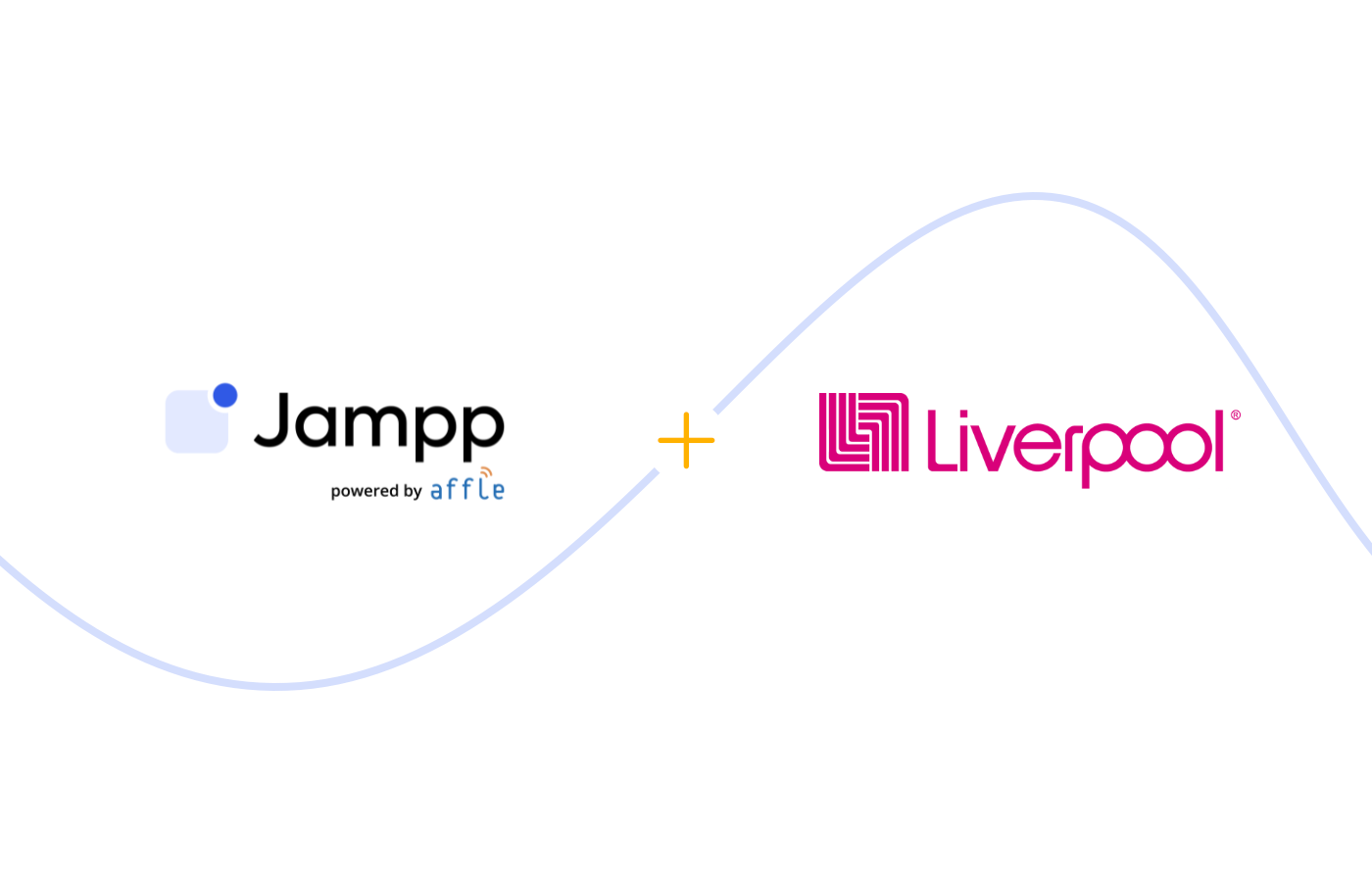After 7 months, what’s the current ATT opt-in rate?
In this article, we take a look at how ATT opt-in rates have changed since the framework was launched in April 2021.
December 3, 2021

Earlier this year, we published an article explaining why different companies were reporting such different ATT opt-in metrics, what were the pros and cons of each report, and what metrics app marketers should pay special attention to.
Now, we’re back with the latest metrics to see how ATT opt-in rates have changed over the past 7 months!
Flurry: advertisers’ data at the user level

Flurry’s latest metrics show that up to 21% of app users were choosing the “Allow tracking” option in July, and that this number has remained fairly steady since then.
👉 How to leverage this report: Flurry’s data is pulled on a user basis, which means this report can help us identify trends in how people are interacting with ATT prompts. For example, Flurry’s data can help us answer the question: “are users actually opting in more now than in Q2?”
MMPs : advertisers’ data at the app level

AppsFlyer has an ATT dashboard where opt-in rates are regularly updated. The last edition of their report analyzes data from 3,820 apps and 37M instances where users chose to allow or deny tracking when prompted.
While the company saw an initial opt-in rate of 39% across all weighted advertisers back in April, the metric has remained fairly steady ever since July, when it hit 46%.
As regards the state of iOS 15 and SKAN, AppsFlyer’s latest report highlights that:
- As consumer spend grows, so do campaign budgets: in-app purchases increased by over 30% in November, and iOS budgets climbed 45% for Shopping apps, 71% for Finance apps, and 12% for Food & Drink apps. This growth in revenue is associated with Black Friday, Cyber Monday, and the upcoming December festive season.
- SKAN 3.0 increased by 207%: driven by the latest updates of some of the major media sources, SKAN 3.0 saw an en masse adoption, reaching 43%.
👉 How to leverage this report: use it as a benchmark to check whether the opt-in rates you see in your app are aligned with similar companies across your vertical.
💡 Don’t forget that: while this data is pulled at the app level, it doesn’t represent the percentage of users you can track with IDFA. This report only features data from the advertiser side, and a user can only be tracked with IDFA after choosing the “Allow” option for both the advertiser and the publisher.

DSPs & ad networks: data from the publisher side

On the publisher side, opt-in rates have remained pretty steady since the beginning of October, currently sitting at 23%—but it’s still higher than the initial 9% reported in April.
User iOS 14+ adoption, which accelerated during June 2021, currently totals 86%.
👉 How to leverage this report: use this data to monitor what’s the share of app users who are opting in on publishers. However, bear in mind that this metric must be considered together with reports based on advertiser data to truly understand how many users can be tracked with IDFA.
Looking forward
So what will ATT opt-in rates look like in 2022? Should we expect them to rise or fall?
If there’s something all the reports from analytics companies, attribution partners, DSPs and ad networks have in common is that they all show that opt-in rates seem to have leveled off in the past few months—and so has IDFA availability. That’s why running SKAN is more relevant than ever for app marketers looking to optimize their iOS 14.5+ campaigns.
Want to learn more?
If you’re looking to test and optimize your SKAN campaigns, drop us a line to talk to one of our sales reps, or read about the latest ATT updates on our iOS 15 dedicated hub.
Subscribe to our email newsletter









